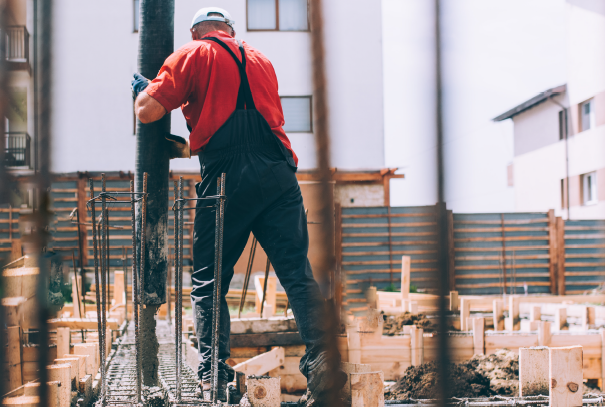
It may now be a distant memory but the long dry summer was a welcome relief from the usual annual washout. Such long dry spells however, particularly in areas of clay soil, can cause a more unwelcome visitor to your properties.
Rainfall over summer 2018 across the entire UK was less than 60% of the expected average with sunshine levels being 142% of the expected. At the time of writing, the average mean temperature for 2018 reached 16.1c with a maximum of 35.3c in July, making it the joint hottest on record along with 2003 and 19761. A long, hot and dry summer indeed.
Subsidence involves the downward movement of ground beneath the foundations of a property other than by natural settlement or construction. Incidents can occur when trees draw too much moisture from the soil beneath the property and cause it to sink. As an industry, there has been a reported 400% increase in claims of this type2.
Subsidence is a costly and time consuming problem, with preventative measures as well as early discovery and pro-active handling being the best defence. Following the hot summer, Gallagher strongly recommend that as part of your usual inspections, you take the time to have a look inside and outside of the property.
If when doing so you identify any newly appeared cracking, which is fresh and bright in appearance and if this tends to step through brick work, being wider at the top than the bottom, then don’t take a chance, notify us or your current insurer so the specialists can act quickly and provide advice.
Signs of subsidence to look out for:
- Diagonal cracking, tapering in width, wider at the top
- Cracking usually located around window & door openings/weakness in structure
- Cracks extending down to ground level
- Rucking of wallpaper in corners
- Sticking doors and windows
- Distortions to window & door frames
- Rotational cracking at junctions of added structures, extensions
- Seasonal opening and closing of cracks
This is particularly important if there is any tree within 5-10 metres of the damage and you are in an area of clay soil. Clay minerals attract and absorb water, so the more clay the soil contains, the greater potential there is for subsidence as the soil dries and shrinks. This type of soil is in ‘packets’ across the country.
The key areas are:
- London
- South East
- South West
- East Midlands
- Yorkshire
- Humberside
Be particularly vigilant on any properties in these areas if you have them.
Generally, subsidence claims across the industry have been reflected in the following areas3:
Buildings and structures most likely to be affected by subsidence:
- Older properties with shallower foundations, such as Victorian and Edwardian homes
- Bay windows or garages are usually constructed on shallower foundations
- Additions on shallower foundations, porches, extensions, conservatories
- Properties where trees have been planted since construction and grown to mature trees over the years
What can it cost?
The average cost of a subsidence claim varies wildly - our average cost per claim is £12,5004, however it is not uncommon for claims well into the £100,000’s depending on the severity.
Early notification is key so that the ground movement can be monitored quickly and efficient engineering programmes and repairs put into place.
Subsidence claims by their nature take longer to settle. Generally, ground movement takes around 9 to 12 months to stabilise for tree root related claims, but can be up to 2 years or more. Repairs and recommendations cannot go ahead whilst the ground is still moving and investigations and mitigation must come first.
Preventing subsidence
This is notoriously difficult, particularly where there is the mixed blessing of a hot summer. Gallagher recommend however:
- Make sure that any trees or shrubs are planted at safe distance from property, especially in clay soils
- Regular pruning of trees
- Keeping any drainage system well maintained
- Use your expertise – remember you can be found liable for subsidence damage to a third party property if you fail to manage your trees and the court will expect you to know!
- Use technology – your inspectors can use camera phones to photograph or video potential damage to allow for faster reporting and management and remote crack monitoring.
Sources:
- Met Office Official Update, 17th September 2018
- Woodgate and Clarke, October 2018
- VRS Loss Adjusters, Subsidence Watch, 2018
- Based upon Gallagher Housing settled subsidence claims, 2012-2017

